Best and worst retro cars - pictures
Pictures of the best and worst retro-styled cars, according to our experts
By:Auto Express team
4 Dec 2024
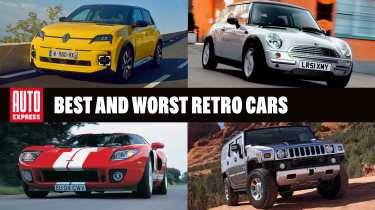
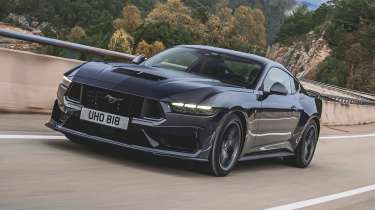
- Skip advertAdvertisement - Gallery continues below
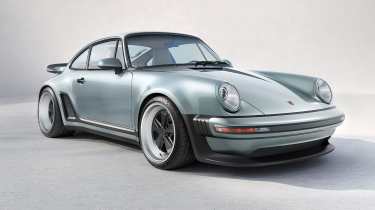
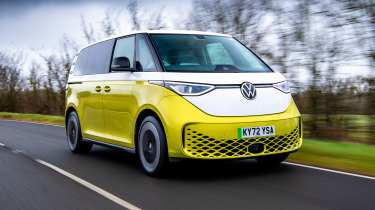
- Skip advertAdvertisement - Gallery continues below
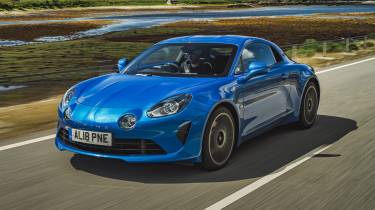
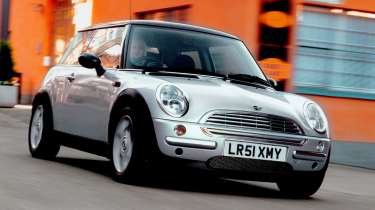
- Skip advertAdvertisement - Gallery continues below
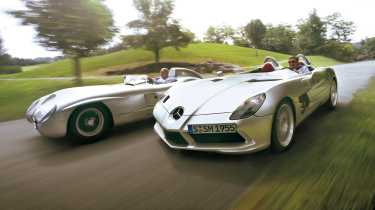
Auto Bild
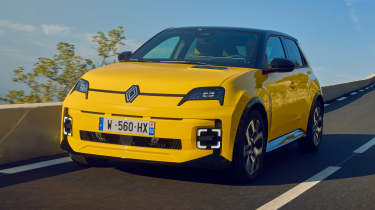
- Skip advertAdvertisement - Gallery continues below
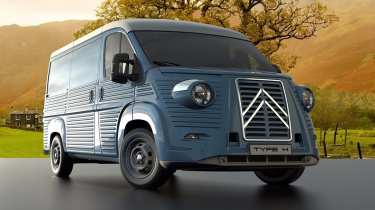
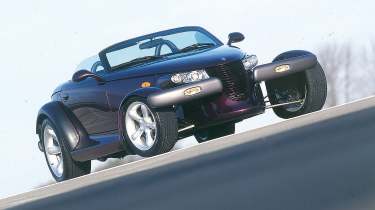
- Skip advertAdvertisement - Gallery continues below
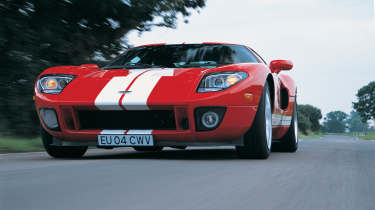
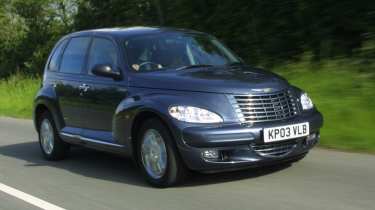
- Skip advertAdvertisement - Gallery continues below
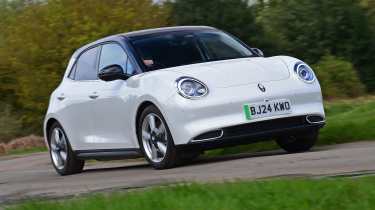
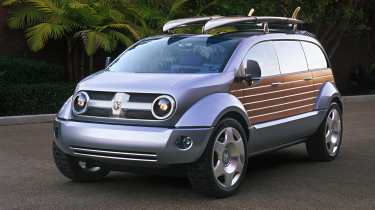
- Skip advertAdvertisement - Gallery continues below
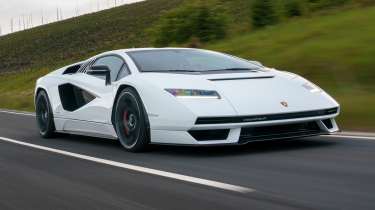
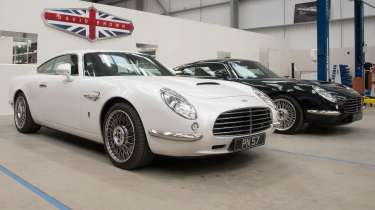
- Skip advertAdvertisement - Gallery continues below
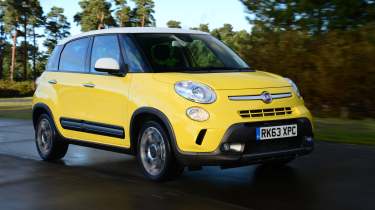
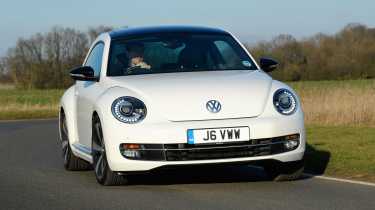
- Skip advertAdvertisement - Gallery continues below
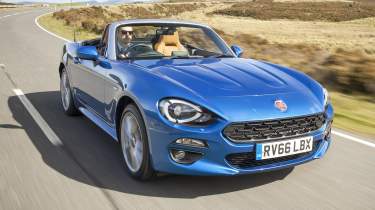
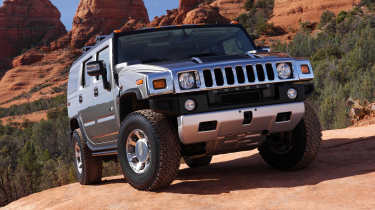
- Skip advertAdvertisement - Gallery continues below
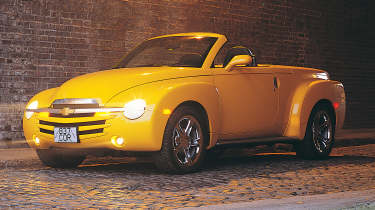
Most Popular
New Ford Fiesta shaping up for its gigantic 2028 comeback

New Ford Fiesta shaping up for its gigantic 2028 comeback
Ford’s passenger-car business will get a new lease of life thanks to Renault’s Ampere platform, paving the way for two new small EVs
News
21 Dec 2025
New Nissan Sakura 2026 review: a kei car for Europe?

New Nissan Sakura 2026 review: a kei car for Europe?
All-electric versions of Japan’s kei car will help to form the basis of a new, low-cost, low-regulation EV from Europe’s manufacturers
Road tests
23 Dec 2025
Iconic cars of the 1990s: the decade’s greatest high performance heroes together at last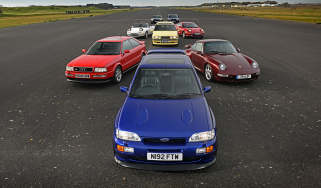
Iconic cars of the 1990s: the decade’s greatest high performance heroes together at last
The nineties saw some big changes culturally, but also plenty of star cars. We brought together some of the decade’s icons
Car group tests
20 Dec 2025